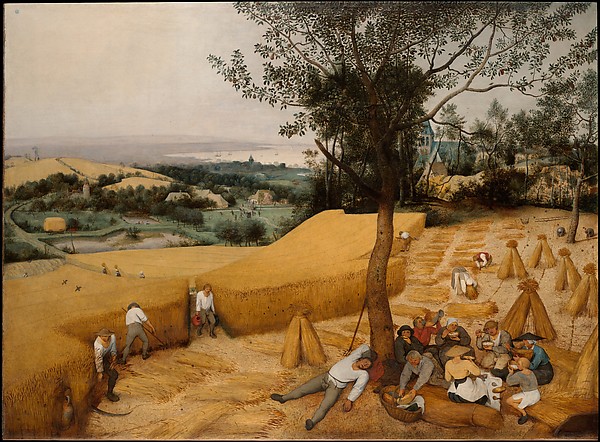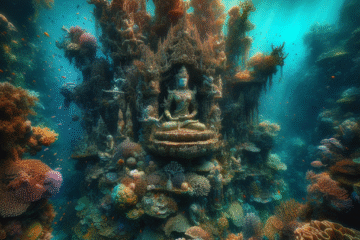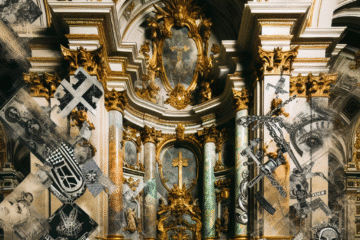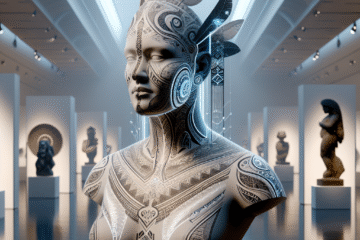
“
The art challenges the technology, and the technology inspires the art.
”
— John Lasseter
The Erosion Aesthetic: How Climate Collapse is Shaping Land-Based Art Today
Introduction: A New Urgency in Earth’s Palette
As the planet undergoes profound and often irreversible environmental change, a new aesthetic has emerged in the realm of contemporary art—one rooted not in permanence or monumentality, but in fluctuation, decay, and erosion. This ‘Erosion Aesthetic’ draws from shifting coastlines, melting glaciers, arid desertification, and ecological collapse not only for its visual language but also for its materials. Artists today are no longer simply creating work about climate change—they are integrating climate into the essence of their media. This new movement blurs the boundaries between activism, science, and art, giving voice to a dissolving world.
I. Land Art’s Genesis: Romanticism to the Radical Earthworks
The roots of land-based art stretch back to the romantic era, where painters like Caspar David Friedrich imbued landscapes with spiritual meaning. But it was in the late 1960s and 70s, amidst the social and environmental upheavals of the time, that Land Art—or Earthworks—emerged as a visible movement. Artists like Robert Smithson and Nancy Holt challenged the gallery space by working directly with earth, stone, and entropy. Smithson’s monumental ‘Spiral Jetty’ (1970), constructed with basalt rocks in Utah’s Great Salt Lake, symbolized not just permanence but geologic time and entropy. Even then, these artists were capturing a world in flux, questioning civilization’s attempt to impose order on nature.
II. From Sublime to Fragile: Environmental Awareness and Temporary Media
By the 1990s and early 2000s, environmental art was evolving alongside a growing awareness of ecological fragility. Artists like Andy Goldsworthy embraced transience, creating intricate structures from ice, leaves, and stones that melted or blew away. These works did not fetishize loss; rather, they emphasized the ephemeral beauty of nature. Goldsworthy’s practice, rooted in walking and observation, reflected a shift from controlling nature to collaborating with it—marking the beginning of a more intimate, responsive relationship between artist and environment.
III. Material Response: Climate-Conscious Media in the 21st Century
In the 21st century, artists have intensified this material engagement with climate change. Ice becomes a medium for mourning in the glacial installations of Olafur Eliasson, whose 2014 ‘Ice Watch’ featured disintegrating Greenland ice blocks displayed in public squares. Algae-based bio-pigments, fungal structures, and biodegradable plastics replace oil and canvas. Artists like Julia Lohmann use seaweed to create installations that decompose naturally, while others, such as Marina Zurkow, blend algorithmic data and organic material to visualize the microbial forces shaping our future. This era sees a convergence of ecological science, critical theory, and experimental materialism, forming a new hybrid practice rooted in both aesthetics and responsibility.
IV. The Philosophical Turn: From Anthropocentrism to Deep Time
Underlying this shift in materials and methods is a profound philosophical transformation. Contemporary eco-artists are rejecting the anthropocentric worldview. Instead of framing nature as a backdrop or a victim of human actions, artists are cultivating an ethic of kinship and kinology—a recognition of our interconnectedness with all life-forms and tectonic systems. Inspired by thinkers like Donna Haraway and Timothy Morton, many are embracing concepts like the Anthropocene, hyperobjects, and Gaia theory. Artworks become sites of planetary awareness, where the slow violence of erosion is not merely depicted but performed. The erosion becomes the message.
V. Speculative Futures: Technology and Post-Collapse Aesthetics
As technology accelerates both damage and documentation, a new generation of artists uses digital tools to speculate about ecological futures. Virtual reality recreations of vanished ecosystems, AI-generated salt flats, and soundscapes mimicking the frequency of dying coral reefs are just some of the experiments underway. These works do not merely imagine dystopias—they serve as warnings, rituals, even blueprints for survival. Artists like Alexandra Daisy Ginsberg create hypothetical future habitats aided by synthetic biology, while immersive platforms allow audiences to experience the perspective of a melting glacier or rising sea level, collapsing artistic distance.
Conclusion: The Art of Letting Go
Today’s erosion aesthetic is not simply about destruction. It is an aesthetic of listening, of humility, and of spiritual recalibration. Contemporary land-based artists are inventing practices that mimic the resilience and surrender of ecosystems themselves. Through transient materials and time-based processes, they are crafting art that grieves, adapts, and, crucially, teaches us to let go. In an era of collapse, the greatest works may be those that disappear.

Image description:
Soil erosion in the Yorkshire Dales moorlands, by the Grinton–Redmire road
License:
CC BY-SA 3.0
Source:
Wikimedia Commons
Useful links:


